Rubber Hose Fiberglass
Price 4800.00 INR/ Meter
Rubber Hose Fiberglass Specification
- Shape
- Round
- Hardness
- Medium
- Medium
- High Water Content Liquid
- Usage
- Industrial
- Material
- Rubber
- Size
- Standard
- Color
- White
- Warranty
- Yes
About Rubber Hose Fiberglass
A rubber hose fiberglass typically refers to a hose that combines the flexibility and durability of rubber with the heat resistance and strength of fiberglass. These hoses are often used in applications that require both flexibility and the ability to withstand high temperatures or harsh conditions. The rubber component ensures flexibility, while the fiberglass lining or reinforcement adds heat resistance and mechanical strength, making these hoses ideal for challenging environments.
Key Features of a Rubber Hose with Fiberglass Reinforcement:
-
Heat Resistance:
-
Fiberglass offers excellent heat resistance, making these hoses suitable for applications in high-temperature environments, such as furnaces, kilns, and high-heat industrial equipment.
-
Fiberglass-reinforced hoses can withstand much higher temperatures compared to standard rubber hoses, often tolerating temperatures up to 500F (260C) or more, depending on the specific material used.
-
-
Flexibility:
-
The rubber component of the hose ensures that it remains flexible, allowing for easier handling and installation. This is especially important in industrial applications where hoses need to be maneuvered around machinery or within confined spaces.
-
-
Durability:
-
These hoses are highly durable and can resist damage from external impacts, abrasion, and UV exposure. The rubber exterior is often resistant to environmental wear and tear, extending the hose's lifespan.
-
-
Chemical and Abrasion Resistance:
-
Rubber provides resistance to a variety of chemicals, oils, and solvents, depending on the rubber compound used, making the hose versatile for different industrial environments.
-
The fiberglass reinforcement helps improve the hose's strength against abrasive materials or harsh conditions, providing additional protection.
-
-
Pressure Resistance:
-
Many fiberglass-reinforced rubber hoses are designed to withstand high-pressure environments, which is crucial for applications that require the hose to handle fluid or air flow under pressure, such as in industrial machinery, HVAC systems, or automotive industries.
-
-
Insulation Properties:
-
The fiberglass layer within the hose helps provide thermal insulation, reducing the transfer of heat between the fluid being carried and the environment. This is particularly important in applications where maintaining a certain temperature is crucial.
-
Common Applications of Rubber Hose with Fiberglass Reinforcement:
-
Furnace and Kiln Applications:
-
These hoses are often used to transport gases, air, or other fluids in and out of furnaces, kilns, and other high-heat industrial environments. The fiberglass helps protect the hose from the extreme temperatures found in these settings.
-
-
Exhaust Systems:
-
In various industries, fiberglass-reinforced rubber hoses are used in exhaust systems to transport hot gases or fumes safely. Their resistance to high temperatures and chemicals makes them ideal for this purpose.
-
-
Automotive:
-
These hoses can be used in automotive systems, particularly in areas where the hose needs to handle hot air or exhaust gases, providing a flexible yet durable solution to manage heat and pressure.
-
-
Mining and Heavy Machinery:
-
In heavy-duty industrial environments like mining, fiberglass-reinforced hoses are used for transporting air, slurry, or water, especially in applications where the hose is exposed to high temperatures and abrasive materials.
-
-
HVAC Systems:
-
These hoses are also used in HVAC (Heating, Ventilation, and Air Conditioning) systems, particularly when managing high-temperature air or hot water pipes. The fiberglass helps insulate the fluid being transported.
-
Construction and Composition:
-
Inner Lining: The inner lining of the hose is made from a durable rubber compound that may have properties like abrasion resistance, flexibility, and chemical resistance, depending on the intended application.
-
Fiberglass Reinforcement: Fiberglass is embedded either in the form of threads woven around the hose or as a layer of insulation between the rubber and the outside. This layer increases the hose's ability to withstand high temperatures, pressure, and mechanical stress.
-
Outer Cover: The outer cover of the hose is typically made from rubber that is resistant to UV rays, ozone, and external wear, further enhancing the durability of the hose.
Advantages of Rubber Hose with Fiberglass Reinforcement:
-
High Heat Resistance: These hoses can withstand extreme temperatures, making them suitable for use in high-heat environments like furnaces and industrial exhaust systems.
-
Flexibility: They are easy to handle, flexible, and can be bent or shaped as needed without cracking or breaking, which is essential for installation in tight spaces.
-
Durability: The combination of rubber and fiberglass makes these hoses long-lasting, resistant to wear, and capable of handling heavy-duty industrial demands.
-
Versatility: These hoses can be used in a wide range of applications across different industries, including construction, automotive, mining, and HVAC.
Possible Sizes and Configurations:
-
Rubber hoses with fiberglass reinforcement come in various diameters, typically ranging from 1 inch to 6 inches, depending on the flow requirements.
-
They are also available in different lengths, and some may have specific fittings or couplings attached for easy installation.
Would you like to know more about specific applications, or do you have questions on selecting the right hose for your needs? Let me know!
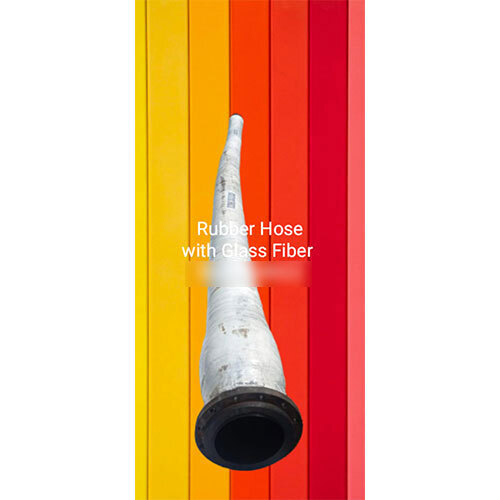


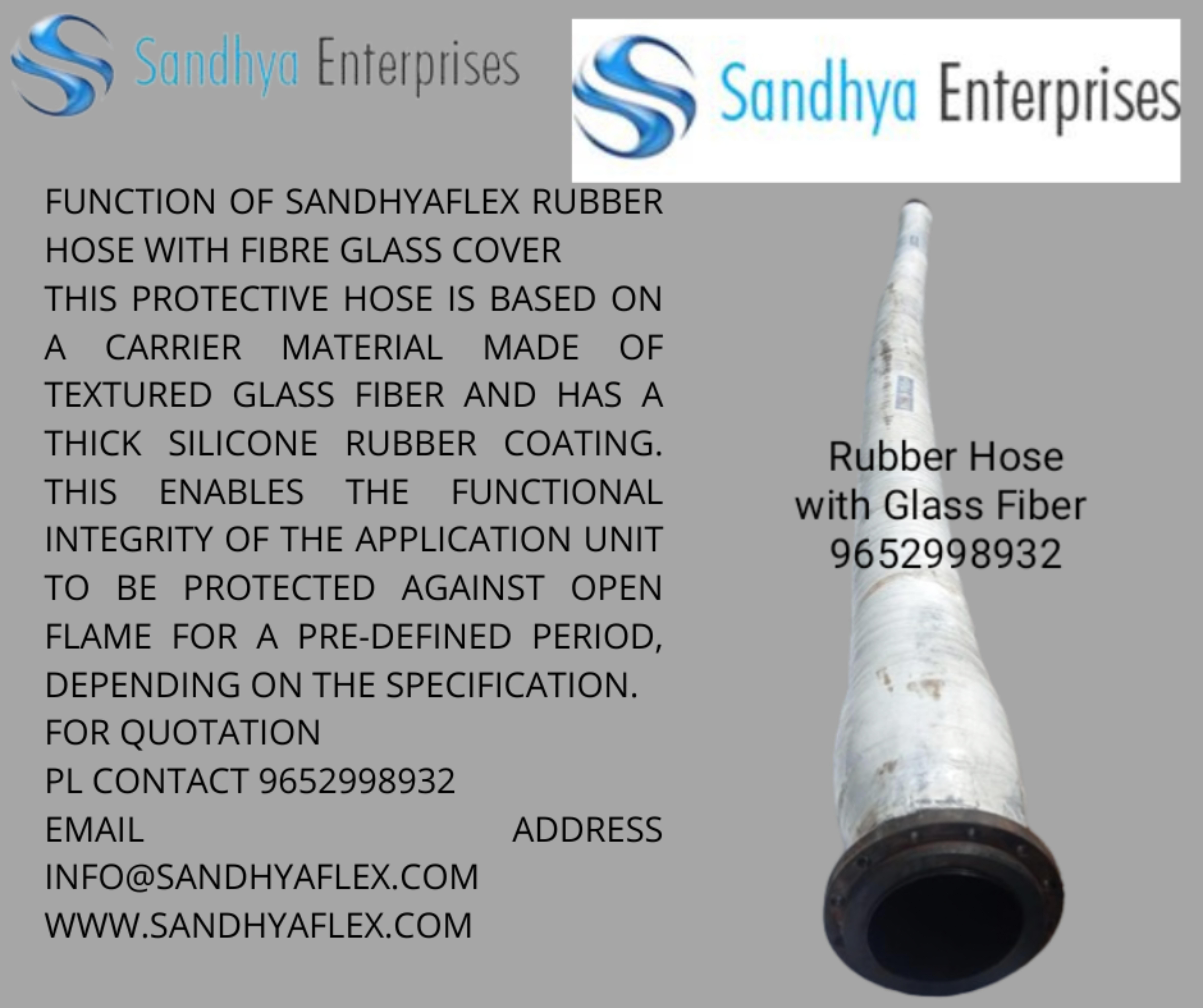

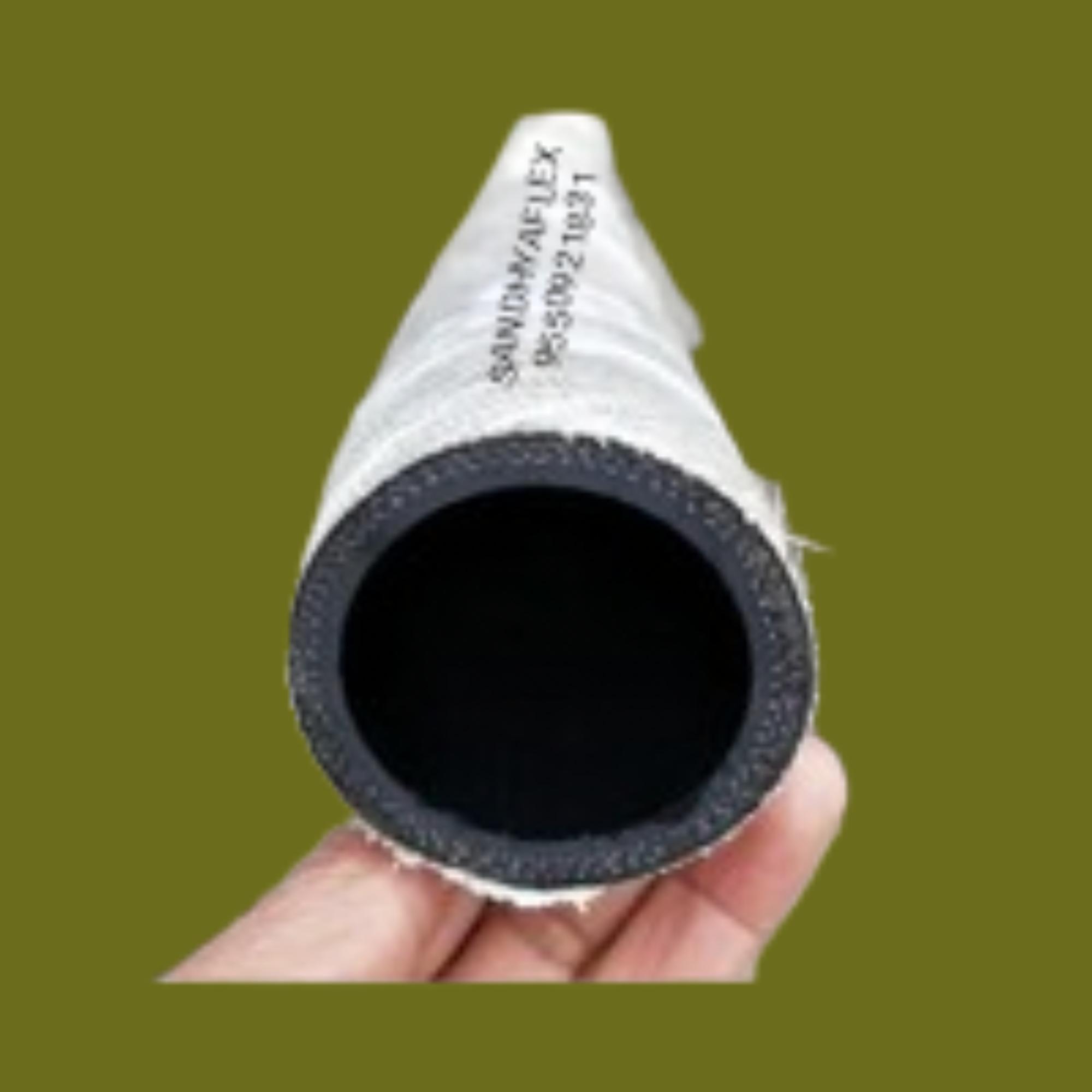

Price:
- 50
- 100
- 200
- 250
- 500
- 1000+
More Products in Industrial Rubber Hoses Category
Heavy Duty Rubber Hose
Price 1800.00 INR / Meter
Minimum Order Quantity : 50
Material : Rubber
Medium : Air
Shape : Round Corrugate and Plain Top
Hardness : 60 to 65 Shore A
Discharge Rubber Hose
Price 8000.00 INR / Meter
Minimum Order Quantity : 40
Material : Rubber
Medium : Air
Shape : Corrugated and Plain top
Fire Fightng Rubber Suction Hose
Price 13500 INR / Meter
Minimum Order Quantity : 2
Material : Rubber
Medium : Other, Water, Mild Chemicals
Shape : Round
Hardness : 65 5 Shore A
Slurry Rubber Hose
Price 6325.00 INR / Meter
Minimum Order Quantity : 1 Meter
Material : Rubber
Medium : High Water Content Liquid
Shape : Round
Hardness : Medium

 Send Inquiry
Send Inquiry

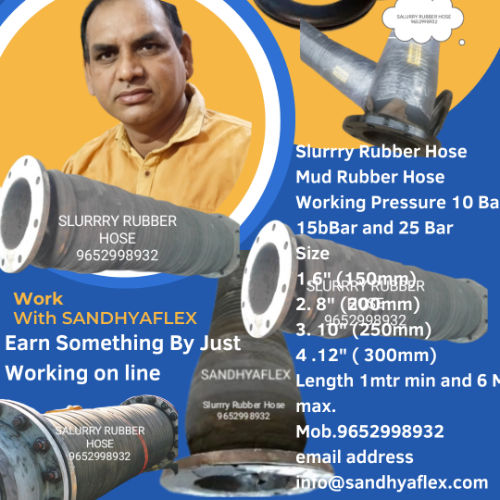
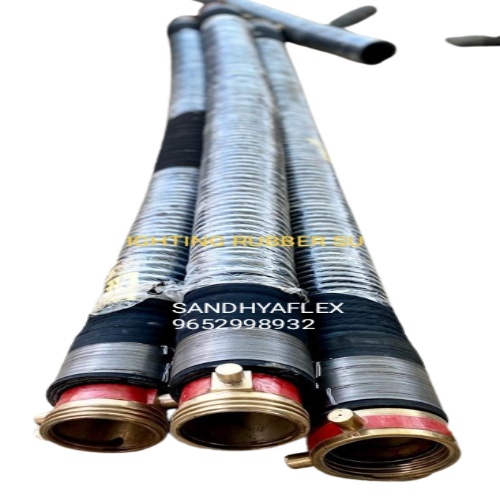
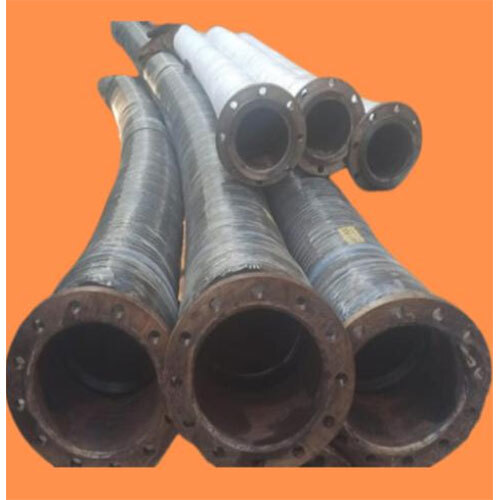


 Send Inquiry
Send Inquiry Send SMS
Send SMS Call Me Free
Call Me Free